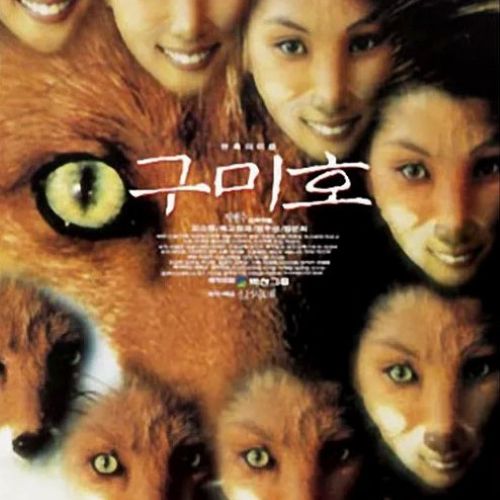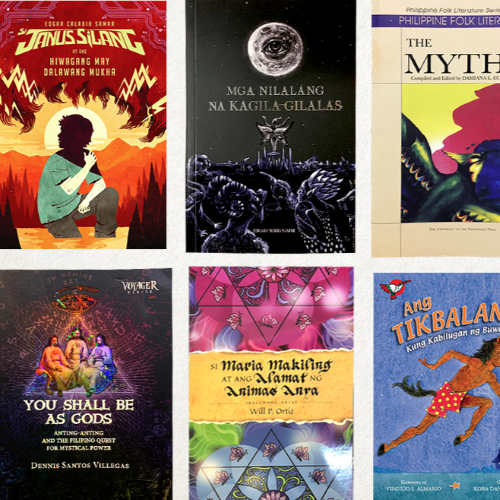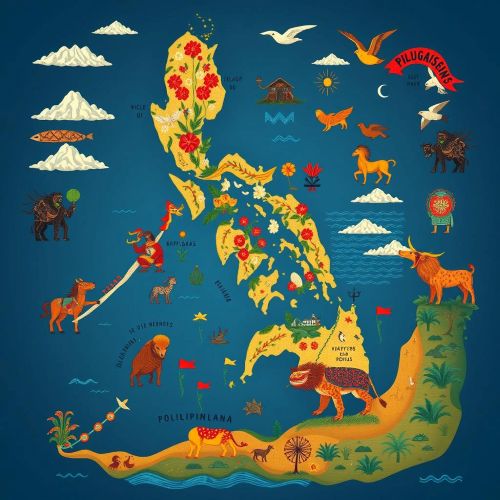Ibalong: The Ancient Filipino Epic That Still Inspires Today
Introduction
The Ibalong is an epic tale from the Bicol region of the Philippines, often regarded as one of the oldest and most celebrated indigenous literary works in the country. This pre-colonial epic recounts the heroic deeds of three mighty warriors—Baltog, Handyong, and Bantong—who defended the land of Ibalong from terrifying beasts and ushered in an age of civilization and peace. Passed down through oral tradition and later transcribed into written form during the Spanish colonial period, the Ibalong is a window into ancient Bicolano culture, values, and mythology.
Origins of the Ibalong Epic
Ibalong is believed to have originated from early settlers in the Bicol region, particularly in what is now Legazpi City in Albay province. The epic was preserved through oral storytelling, often performed in communal gatherings or tribal ceremonies. Its surviving form is based on a 60-stanza fragment written in Spanish by a Franciscan friar, Father Bernardino de Melendreras, in the 19th century. While only a portion of the original tale survives, it still paints a rich picture of a world teeming with mythical creatures, nature spirits, and valiant human heroes.
The Storyline of Ibalong
The epic begins with Baltog, the first warrior to arrive in Ibalong from Botavara. He is known for his immense strength and courage. Baltog kills the destructive wild boar Tandayag using his bare hands, symbolizing the beginning of humanity’s struggle against the chaos of nature.
Next comes Handyong, the second hero, who leads a migration of people into Ibalong. Under Handyong’s leadership, the people conquer terrifying monsters such as the giant crocodile Oryol, the serpent-like Tambaloslos, and the flood-causing Sarimao. Handyong’s reign marks a golden age of innovation—plowing, weaving, writing, and more advanced systems of governance were introduced.
The last of the three heroes, Bantong, is known for his intelligence and agility. His most famous act is slaying the half-human, half-beast monster Rabot, who can turn men into stone. This act of heroism seals Ibalong’s transformation from a land of wilderness to a thriving, civilized region.
Symbolism and Themes
The Ibalong epic, though rooted in legend, is a deeply symbolic narrative. It represents:
-
The triumph of civilization over chaos: The transition from wild, monster-infested lands to an orderly, human-led society.
-
Courage and resilience: Each hero embodies traits necessary for societal progress—strength (Baltog), leadership (Handyong), and wit (Bantong).
-
Harmony with nature: While monsters are vanquished, many elements show a deep respect for the natural world, reflecting the Bicolano people’s connection with their environment.
The story’s progression also reflects historical and cultural evolution, possibly hinting at waves of migration, the taming of the environment, and the foundation of early agrarian society.
Cultural Importance of Ibalong
The Ibalong epic plays a vital role in preserving Bicolano identity. It connects the people to their mythic past and reinforces communal values of bravery, unity, and ingenuity. Today, the Ibalong Festival is celebrated annually in Legazpi City, transforming the streets into a vibrant parade of costumes, dances, and theatrical performances inspired by the epic.
Through this festival and continued academic interest, Ibalong continues to resonate with both locals and scholars. It stands as a powerful reminder that myth and folklore are not just relics of the past but living narratives that shape regional pride and identity.
Ibalong in Modern Media
In recent years, the Ibalong epic has inspired graphic novels, stage plays, educational materials, and even animated adaptations. Its heroes and monsters are being reimagined in ways that make them more accessible to younger generations. Digital archives and Philippine folklore projects are also helping to keep the spirit of Ibalong alive in the age of the internet.
With the growing global interest in indigenous and regional epics, Ibalong is being recognized as a Philippine equivalent to epics like Beowulf or the Iliad, offering a unique Southeast Asian perspective on the timeless themes of heroism, transformation, and cultural identity.
Conclusion
Ibalong is more than just an epic; it is a cultural cornerstone that reflects the bravery, resilience, and creativity of the Bicolano people. Its heroes—Baltog, Handyong, and Bantong—may be mythical, but their legacy continues to inspire a region and a nation. As we delve into its tales of monsters and legends, we uncover the soul of a people who once tamed wild lands with valor and vision.
No posts were found.









